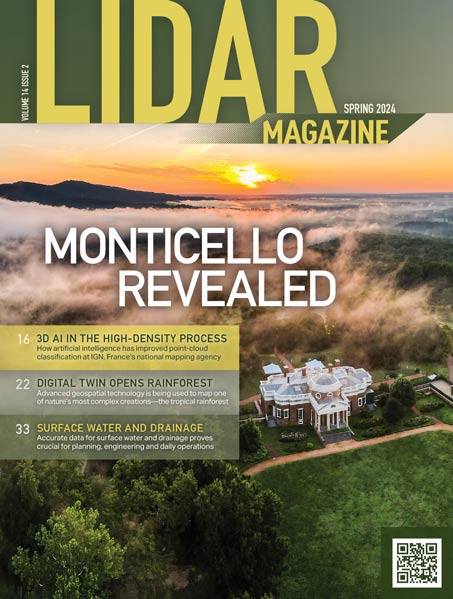Morgan Hill, CA (May 20, 2011) Velodyne LiDAR, Inc., a leading manufacturer of high definition LiDAR sensors, has donated two LiDAR sensors and two other objects showcasing advancements in robotic technology to the Smithsonians National Museum of American History in Washington, DC. Donated by David S. Hall, founder and CEO of Velodyne, the objects presented to the museum at a recently held ceremony now become part of the permanent robotics collection and will be preserved at the Smithsonian for generations to come.
The first object donated was a fighting robot dubbed Da Claw, which featured a unique propulsion mechanism. Da Claw began Halls foray into fighting robots in 2000 and enabled him to compete in Robotica, a robot combat show produced for TLC, a subsidiary of the Discovery Channel.
After participating in several robot fighting events with three different variations of Da Claw, David Hall, along with his brother Bruce, entered the first DARPA Grand Challenge, a race of unmanned vehicles along a desert course, in 2004. Competing as Team D.A.D., their autonomous Toyota Tundra employed a roof-top dual camera setup for obstacle detection and embedded DSP-based control system. The roof-top box, cameras, and control board assembly was the second item donated to the Smithsonian.
The third item donated was the original prototype of Velodynes currently offered LiDAR products. Used in their 2005 Grand Challenge entry, this 2-foot diameter spinning wheel was the first deployment of the Velodyne 64-laser range finder now used in many autonomous vehicles, 3D mapping, and other applications. Affectionately known as the Spinning Wheel of Death, this sensor was the first purposed solution to the challenge of building a navigable terrain map from a single sensor image at a high refresh rate, enabling autonomy at highway speeds.
Velodynes demonstrated success in the 2005 Grand Challenge led to the first commercial version of Velodynes signature product: the HDL-64E, a sample version of which was the last item donated to the Smithsonian. The HDL-64E was used as the obstacle detection sensor by five out of the six finishing teams at the 2007 DARPA Urban Challenge, including the winner, Carnegie Mellon Universitys BOSS.
We are incredibly honored to donate these items to the Smithsonian, said David Hall, inventor of the objects donated to the museum. We like to think that we have had a positive effect on the advancement of autonomous vehicles, 3D mapping, and other endeavors, and that our technology will ultimately lead to saving lives on our highways. Having the Smithsonian recognize our work is both humbling and incredibly satisfying.
Prior to his work with LiDAR, David Hall invented the first servo controlled subwoofer for high end home theater applications. The low distortion and high quality of these subwoofers propelled Velodyne Acoustics into the leadership position in bass management. Velodyne continues to expand both its audio and LiDAR business units.
About the National Museum of American History
The Smithsonians National Museum of American History collects, preserves and displays American heritage in the areas of social, political, cultural, scientific and military history. To learn more about the museum, visit http://americanhistory.si.edu. For Smithsonian information, the public may call (202) 633-1000, (202) 633-5285 (TTY).
About Velodyne
Velodyne LiDAR, Inc. is a leading manufacturer of high definition LiDAR sensors. The companys HDL-64E and HDL-32E sensors are used in a variety of military and commercial autonomous vehicle applications as well as 3D mapping, surveying and other applications. All Velodyne LiDAR products are designed and manufactured at the companys headquarters in Morgan Hill, California. For more information visit www.velodynelidar.com.
